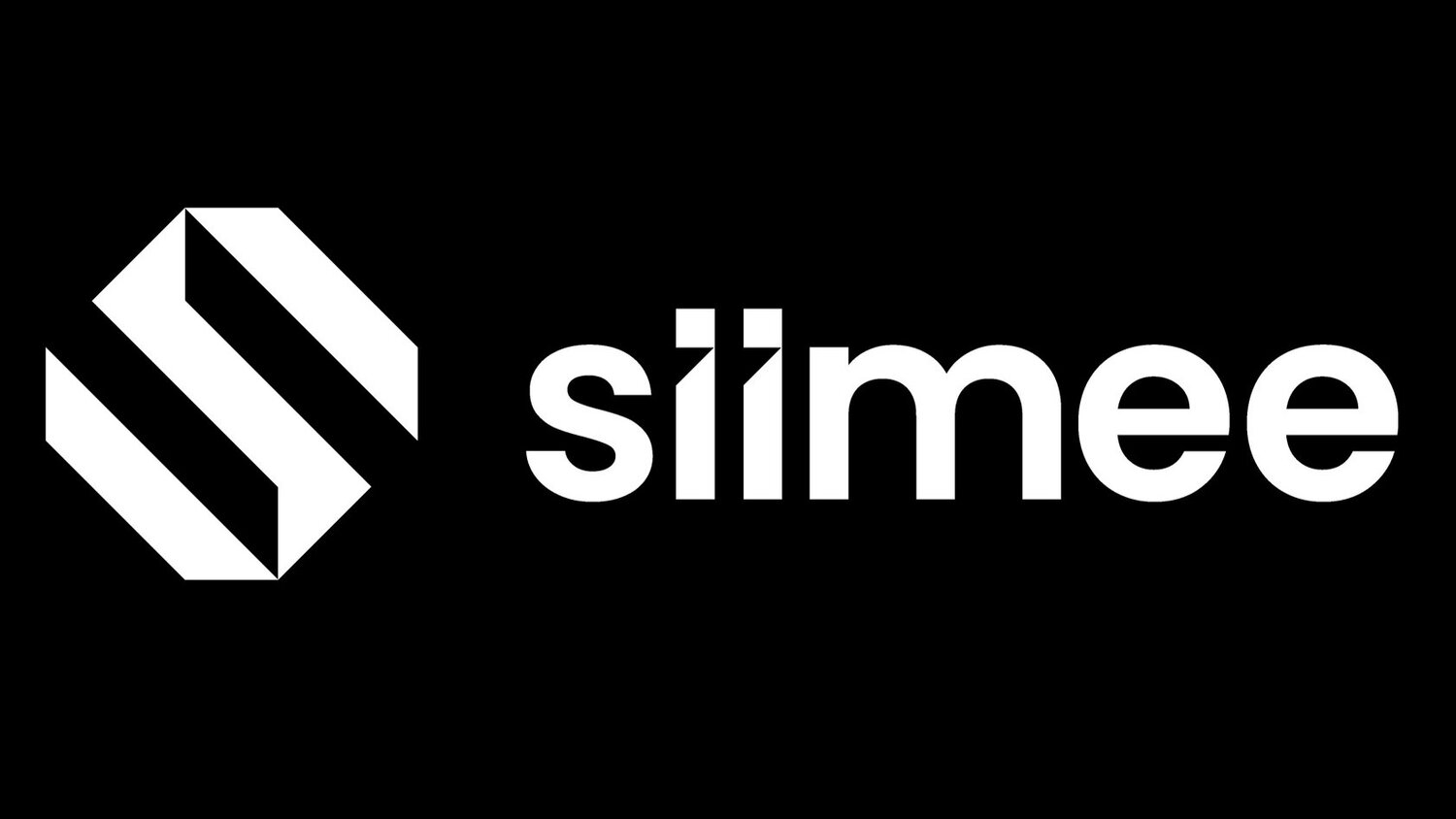Until Hiring Processes are Reformed, Progress on Diversity in Corporate America Will Stall
Since the death of George Floyd, countless U.S. corporations have pledged to fight racism and support diversity by transforming their own organizations to better reflect America. With the collective social conscience bearing down, most companies at least claim to be making an effort and are recognizing the growing business case for diversity and inclusion. Among others, McKinsey & Company has published a series of reports demonstrating that a diverse workforce can make companies more competitive and impact their bottom lines.
Despite the increase in effort, progress on this front is excruciatingly slow. It isn’t surprising when you consider that executive leadership teams in most corporations are still predominantly white males who have been dragging their feet in attempts to diversify ethnicity, gender, and race in their own ranks. In the 20-year period from 2000-2020, the percentage of white male Fortune 500 CEOs decreased by less than 10%-- despite the fact they comprise approximately 35% of the U.S. population.
Logically, how can a company embrace diversity and inclusion when the people at the top can’t relate to or understand the life experiences of underrepresented people?
The intent of large U.S. employers is pure, but their processes are flawed because they are using a broken and inherently biased hiring system. We will not see genuine progress until it is fixed, allowing people of every race, gender identification, and ethnicity to permeate companies at all levels and break open the pipeline of opportunity for ascension to the C-suite.
If you have recently applied for a job through traditional channels, you already know the problems. You scan job sites driven by computer algorithms to find open positions, few of which seem aligned with your skill set. Nevertheless, you upload your resume and hope for the best.
A study from job search services firm Preptel found that 75% of all resumes are never seen by human eyes because they are handled through applicant tracking systems, or ATS, which use algorithms to decide if your resume will be served to hiring managers. Unfortunately, up to 75% of employers use ATS technology.
Even if your resume reaches a hiring manager, human bias comes into play. Recruiters, who are predominantly white women, prioritize men over women, white over non-white, economically advantaged over economically challenged. They may believe deeply that they are unbiased and may be financially incentivized to make diverse hires, but they look at candidates’ photos, names, schools, addresses, and internships to make decisions. One study at the University of California Irvine found a hidden social class bias in the selection of candidates for elite internships in tech. Hiring managers assessed candidates for the right “fit” by evaluating their communication and writing styles, internal referrals, social connections, appearance, tastes, and reported leisure pursuits. If internships are a job prerequisite, this could be one reason that, according to Pew, Black and Hispanic workers continue to be underrepresented in the STEM workforce.
Finally, companies are hyper-focused on numbers, not people. I saw this at Facebook, where I resigned in frustration from my position as a recruiter. Like many companies are now doing, Facebook put tremendous pressure on its recruiters to find and hire diverse candidates. Yet its definition of diversity was incredibly narrow, with applicants labeled by perceived gender or race: “Woman, Black, or Hispanic/Latino.” This was determined and documented before the first conversation with job seekers based on their photos or names. If they had brown skin, did that mean they identified as Hispanic, Muslim, Black, Asian Pacific, white, or something altogether different? If they weren’t women, did that mean they were men by default?
Companies like Facebook are pledging to diversify, but most are merely engaging in a numbers game using ATS. There is little understanding of job seekers themselves, which results when understaffed HR departments or recruiting companies rely on flawed algorithmic technology and are incentivized by broad metrics.
ATS is cost effective, allowing fewer people to do more. Diversity quotas are laudable but off base. People are human, allowing their own biases to shape their views and often leading them to hire more people who look and act like themselves. Until employers are willing to invest more in their hiring teams and provide them with the training and tools to actually screen candidates in a non-biased yet personal way, progress on diversity in Corporate America will maintain the same snail’s pace, promises or no promises.
By Rhett Lindsey


